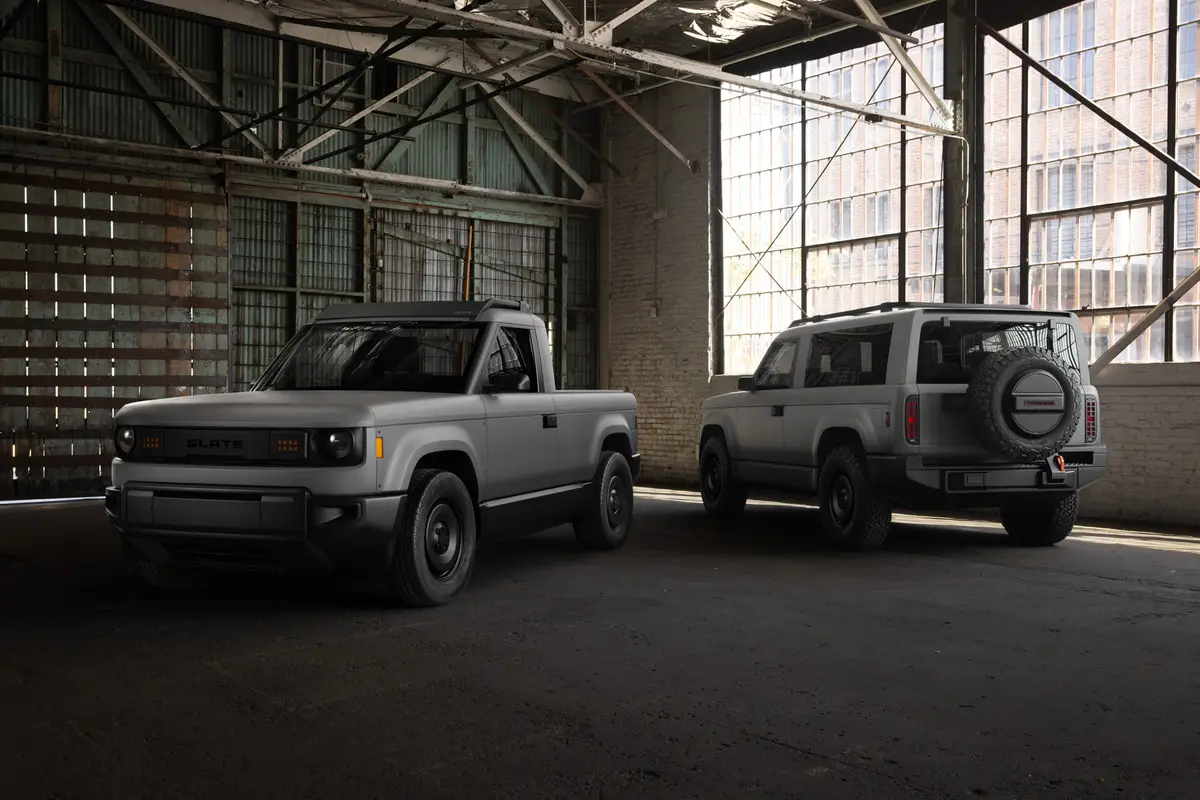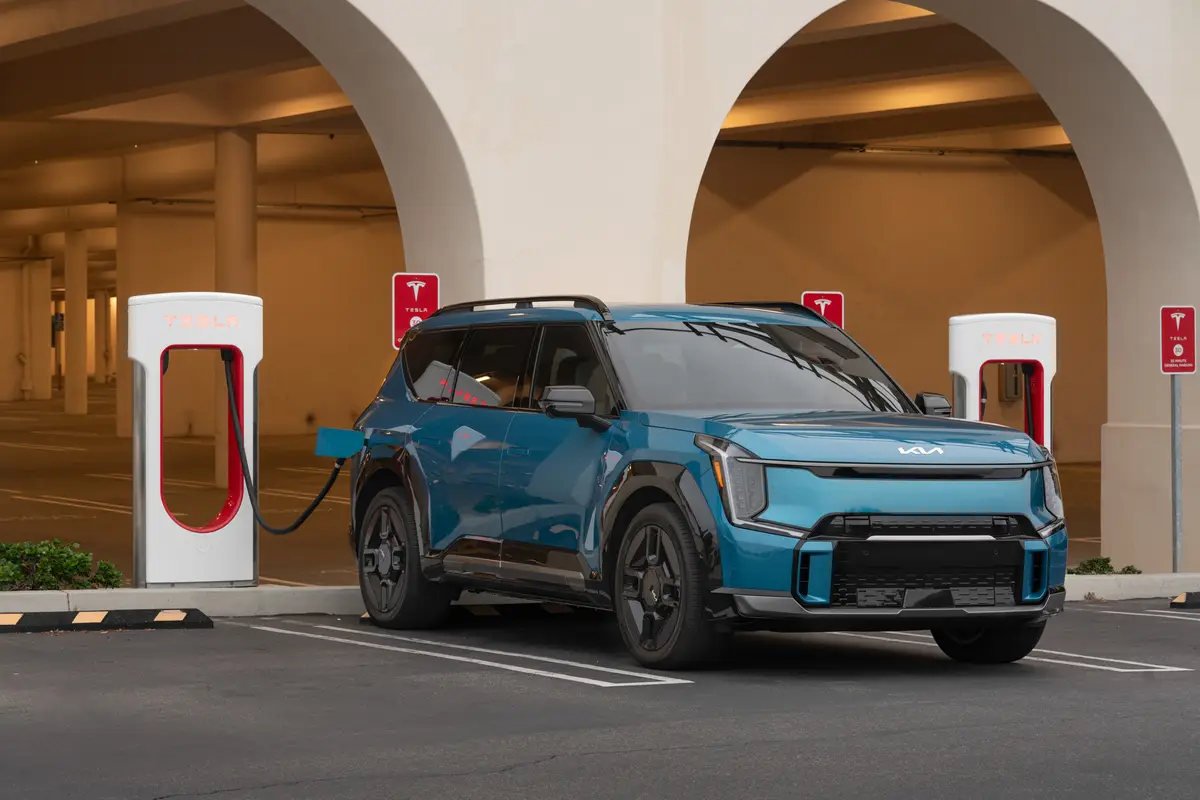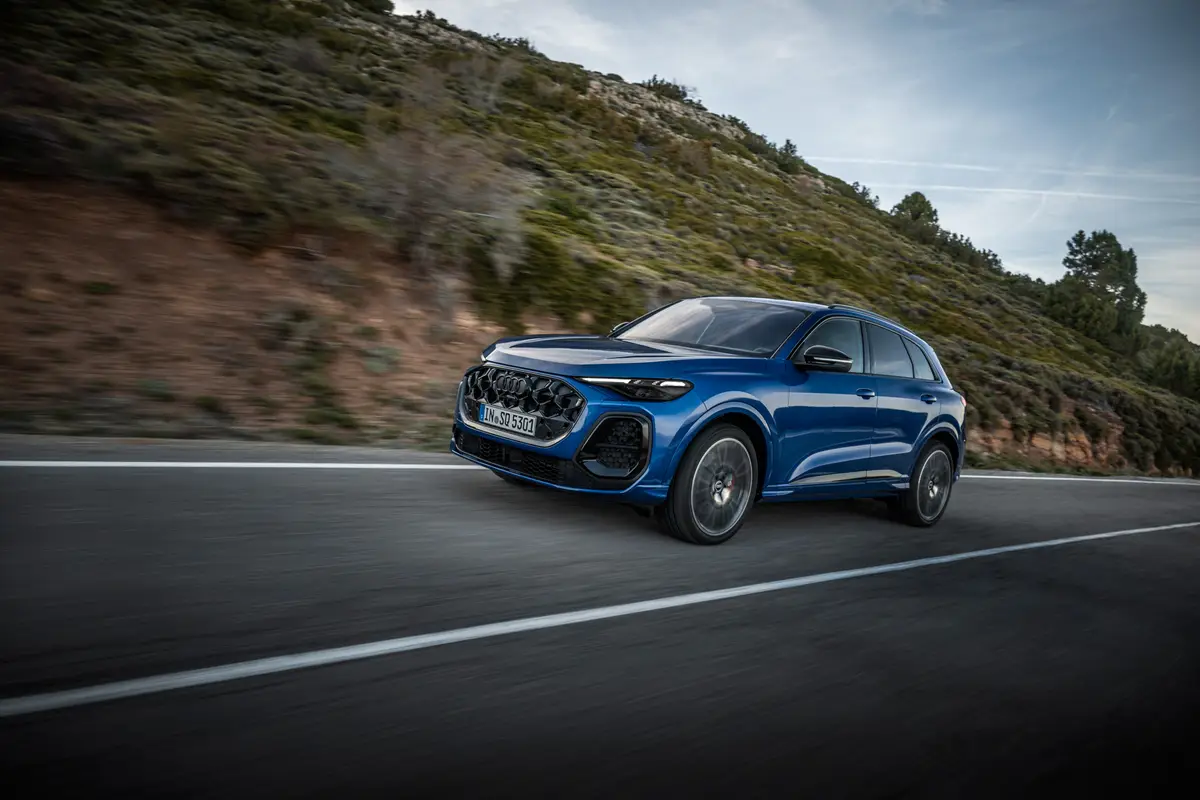IndyStar.com's view
One of Sweden’s success stories is Volvo Cars of North America. Volvo has brought to the American market a series of cars that has engendered a loyal following.
Using its proven formula, Volvo is bringing to market a new 960 series for the 1992 model run. As Volvo’s top-of-the-line offering, the car upgrades the technology and safety features of Volvos of the past.
Available as a sedan or wagon, the 960 goes the bigger engine route and uses the chassis/ body of the four-cylinder Volvo 940 that was introduced last year. The six-cylinder is something the car can use; with a 109.1-inch wheelbase and an overall length of 191.7 inches, it is a fairly large automobile.
“The 6 is a lot smoother than the turbo 4,” said Steve Kern, sales manager for Tom Wood Volvo. “It has more power, and has been totally redesigned to work as an engine/transmission package.”
The new engine is an aluminum in-line 6 that sports dual overhead cams, 24 valves and 2.9 liters (178 cubic inches) of displacement. Why Volvo didn’t go out to a full 3.0 liters (183 cubic inches) as long as it was building a new engine is a matter of conjecture. But the 2.9 puts out 201 horsepower and 197 foot-pounds of torque, so there is power at hand to drive a 3,460-pound automobile.
Four valves per cylinder and aluminum technology aside, what’s really slick about the engineering of the power plant is that it is only 4 inches longer than Volvo’s 2.3-liter four-cylinder engines.
Volvo engineers turned to the transmission system to efficiently harness engine output to the rear wheels. They developed a new, electronically controlled four-speed automatic specifically tuned for the in-line 6.
Highlighting the automatic are its three manually selected operating modes, one of which is a Winter mode undoubtedly inspired by the climate in the Volvo’s country of origin.
Three select buttons for Winter-Sport-Economy lie alongside the shift quadrant. When Winter is selected, first and second gears are locked out.
Then, when the car starts out in third on ice or snow, there is not the high torque multiplication set up by the lower gear ratios. With less torque being delivered to the driving wheels, there is less tendency to spin the wheels.
The other two modes, Sport and Economy, are designed to provide maximum performance or maximum economy. There also is a built-in “down slope mode” that senses when the car is descending a steep hill and automatically down-shifts to a lower gear to provide engine braking.
“It’s all designed to function as one unit,” Kern said, “instead of operating as an engine package and a transmission package.”
Volvo, which is known for its work in motoring safety, developed the Side Impact Protection System for the 960. Many manufacturers have designed front and rear crumple zones in automobiles, but these don’t do you much good if you get T-boned at a cross street.
Volvo’s solution is a body cage that transfers the forces of a side impact across as much of th e structure of the car as possible. The 960’s SIPS is designed so that the energy created by a side crash goes around the car’s occupants instead of directly on them. The crash energy is transferred from the doors and B-pillars of the body to the roof, floor and sills.
Along with the technology come the accouterments of a luxury automobile. The model is upstream both in appointments and price, but Kern says the Wood dealership already is seeing owners of competing makes coming in to look at the car.
“We’ve only had them for short time,” he said, “and we’ve already sold two. The customers that have looked at them think they’re fabulous automobiles.”
Volvo doesn’t make an inexpensive car. Its 240 series is stickered at more than $20,000. So it is no great surprise that the 960 sedan has a suggested retail of $33,975. The wagon’s price is $34,655. Add to that $395 for freight, and aport preparation charge of $138.
If there is such a thing as bad news about the 960, it has to do w ith availability.
“Availability is going to be tough,” Kern said. “It probably is going to be like last year when we couldn’t get 940SEs. That was the one this car is going to replace, so it’s impossible to know how many we’re going to sell.”
Latest news



